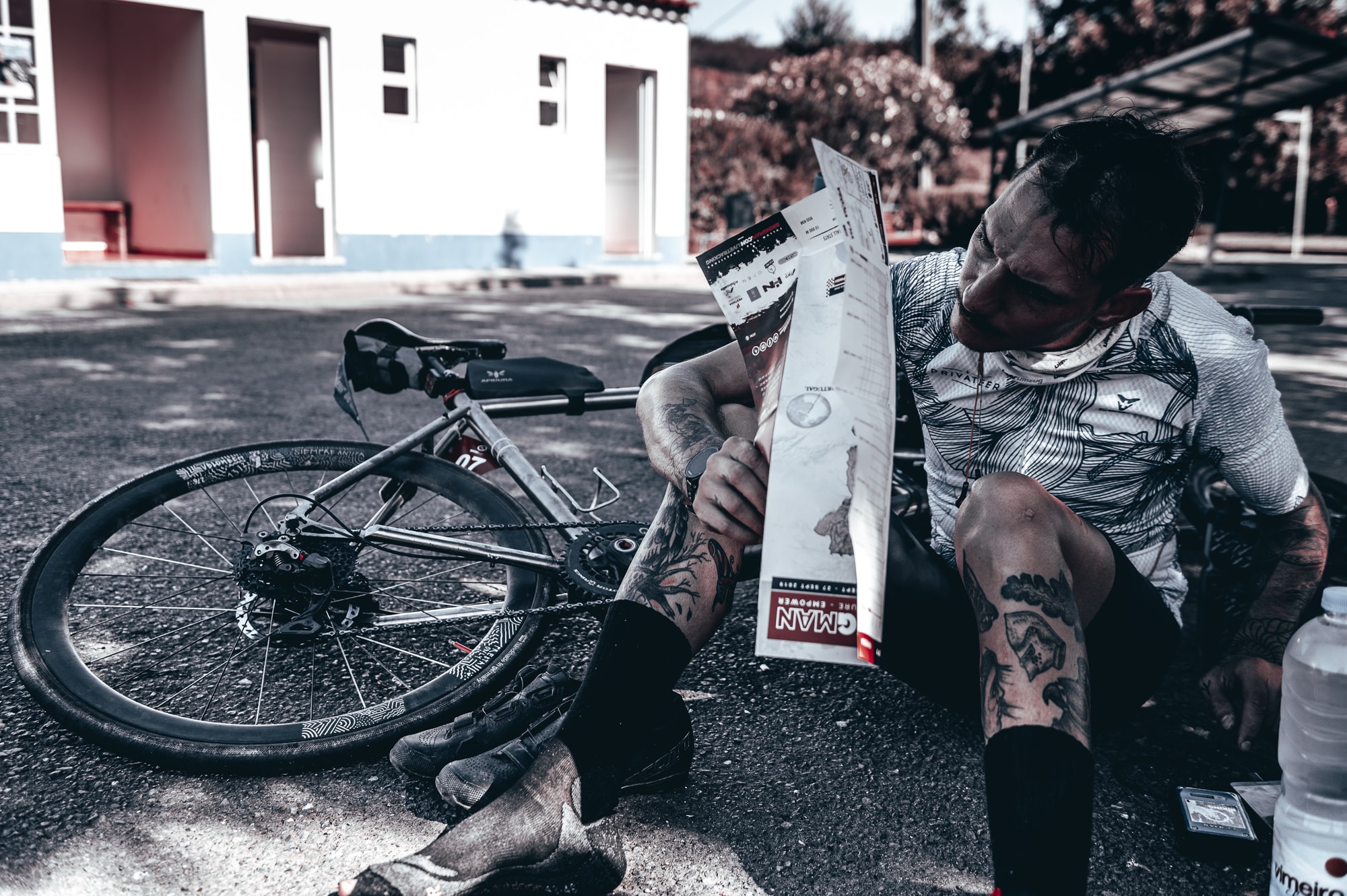Hello everyone!
Participating in ultradistance events, whether in running, cycling, or any other discipline, is a monumental challenge. To maximize performance and minimize injury risks, strength training plays a crucial role. Here’s a guide on the importance and best practices of strength training for ultradistance athletes with the advice of Adeline Bruchet, multiple BikingMan finisher and professional physiotherapist based in France.
Strength training for ultra-distance training#
Why is strength training essential in ultramarathons?#
- Improvement of Maximal Strength: Strength training helps develop maximal strength, which directly translates to ultradistance performance. Greater muscle strength means athletes can maintain a percentage of their maximal strength more easily, thus reducing fatigue over long distances.
- Injury Prevention: Stronger muscles better protect joints by absorbing shocks and reducing stress on bones and tendons. This decreases the risk of common injuries like tendinitis or joint pain.
- Improvement of Neuromuscular Efficiency: Strength training enhances neuromuscular coordination, allowing for more synchronized and powerful muscle contractions. This is crucial for maintaining high performance over long periods.
Best practices for strength training#
- Session Planning:
- During Winter Season: Incorporate two strength training sessions per week to build a solid base without the pressure of imminent competitions.
- Approaching Competitions: Reduce to one session per week to maintain the acquired strength without overloading the body.
- Types of Exercises:
- Compound Exercises: Prioritize multi-joint movements like squats, deadlifts, and lunges, which engage multiple muscle groups simultaneously.
- Plyometric Work: Integrate plyometric exercises like jumps to improve muscle power and tendon stiffness.
- Core Strengthening: A strong core ensures better stability and efficient posture, reducing muscle fatigue and injury risk.
- Flexibility and Mobility:
- Dynamic Stretching: Perform dynamic stretches before each strength session to prepare the muscles for exertion.
- Static Stretching: Post-training static stretches help improve flexibility and prevent muscle soreness.
Integrating strength training into your training plan#
- Periodization: Periodization is a key strategy for effectively incorporating strength training. Alternate high-volume phases with recovery phases to avoid overtraining.
- Progressive Adaptation: Gradually increase the intensity and volume of strength training exercises. Start with light weights and progressively increase them as your strength and tolerance improve.
Strength training is an indispensable part of ultradistance preparation. It enhances strength, prevents injuries, and optimizes neuromuscular efficiency. By integrating well-planned strength sessions, varying exercises, and respecting a gradual progression, athletes can significantly improve their performance and resilience.
To excel in ultradistance events, remember that physical preparation involves rigorous and consistent strength training. Transform your endurance and strength for your upcoming ultradistance challenges.
Feel free to get in touch with Adeline Bruchet on Instagram if you want to get the pro tips from her.
Find us on:
- Website : bikingman.com
- Instagram : bikingman_ultra
- Facebook : bikingmanultra
- Strava : / strava








